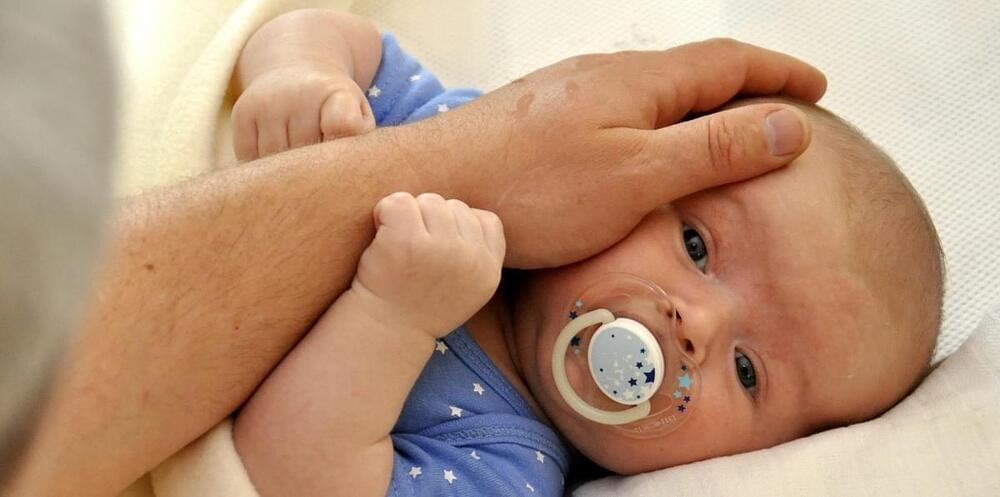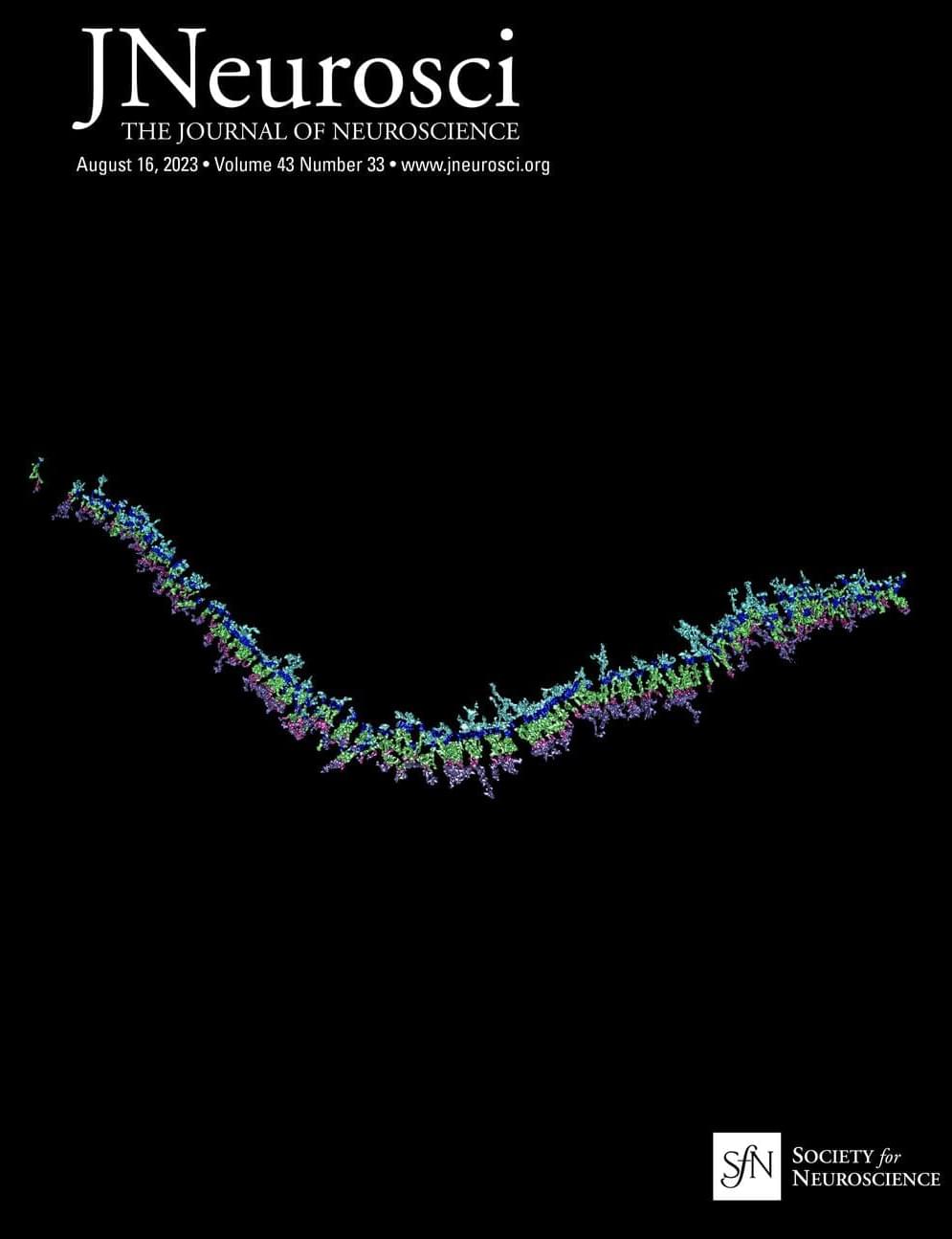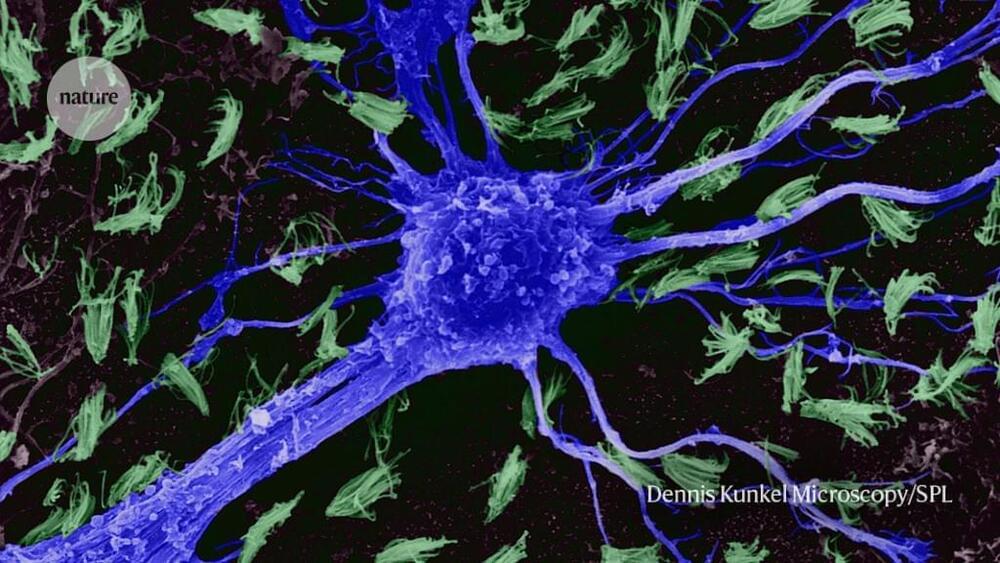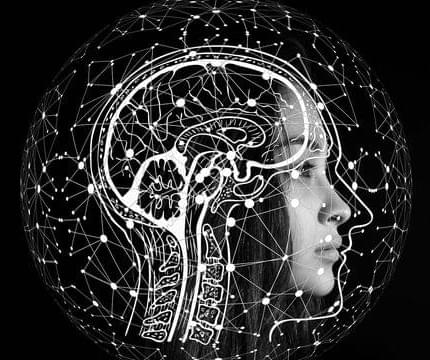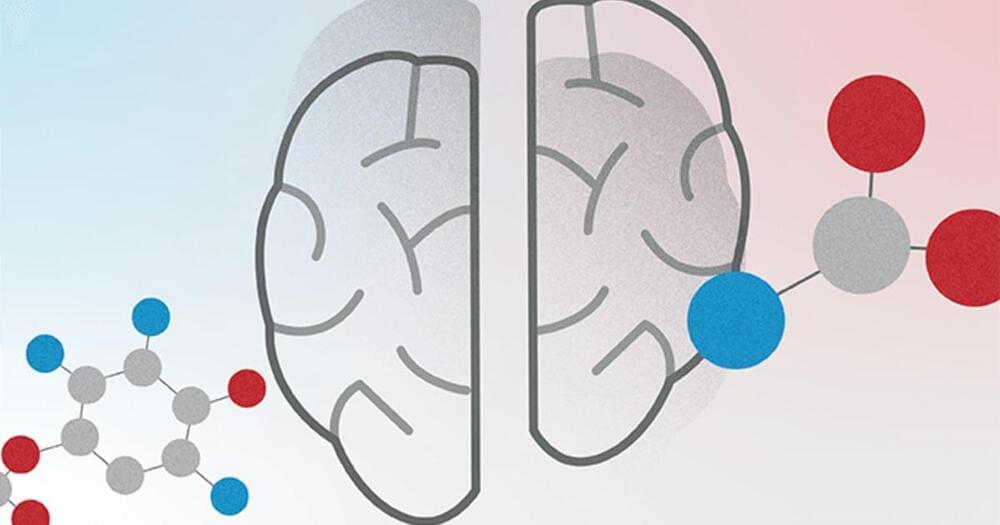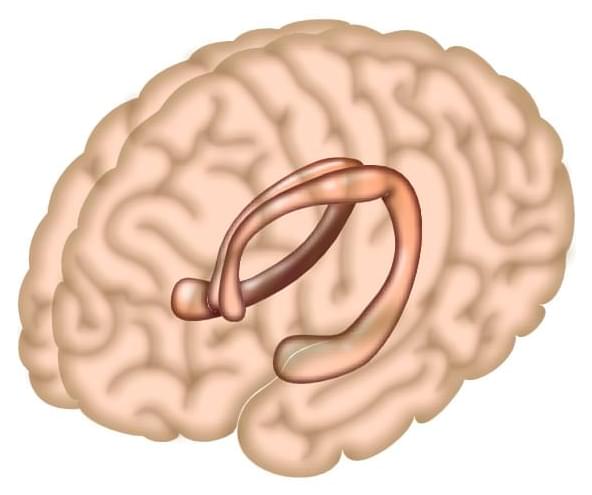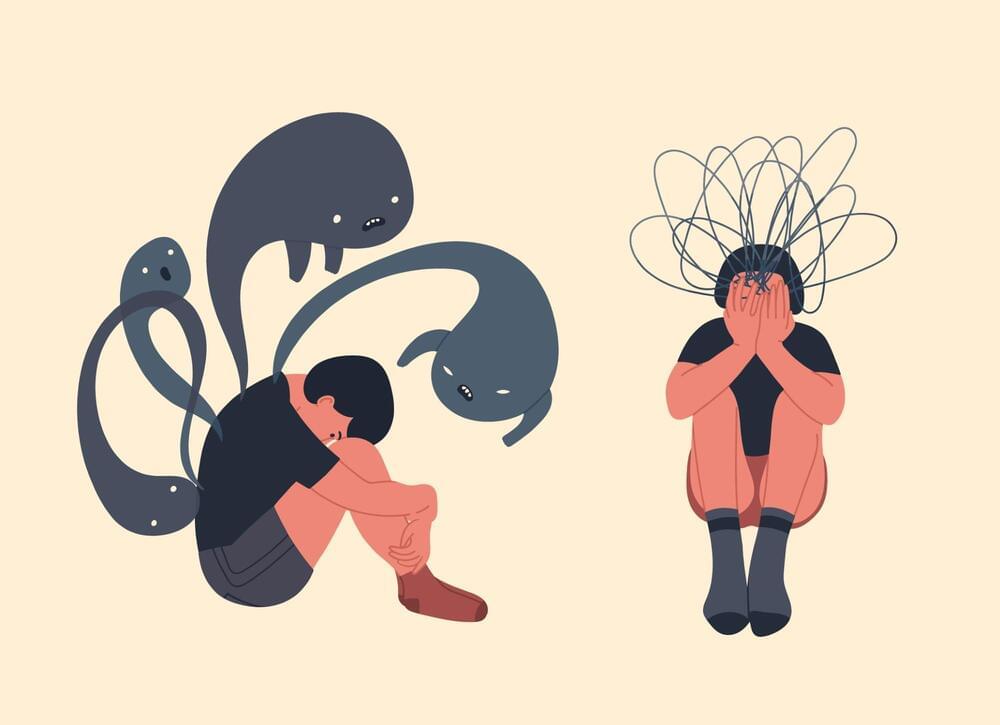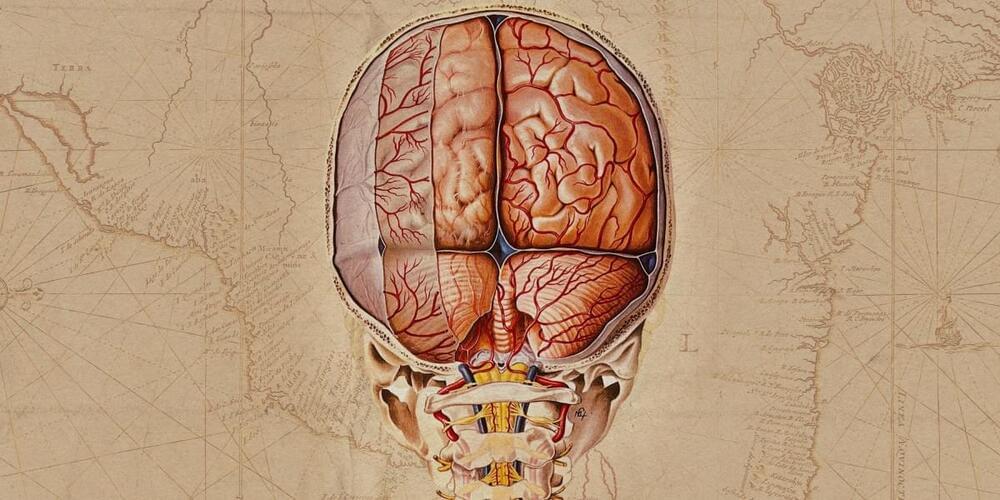Oct 14, 2023
Raising awareness of spina bifida
Posted by Shubham Ghosh Roy in categories: biotech/medical, neuroscience
Spina bifida is the most common birth defect of the central nervous system and the second most common of all structural birth defects. To learn more about it, From the Labs sat with Dr. Richard H. Finnell, whose lab at Baylor College of Medicine focuses on discovering the role of folic acid in the prevention of birth defects and in identifying the genes that determine susceptibility to human neural tube defects such as spina bifida.
FTL: What is spina bifida?
RHF: Spina bifida is a condition that occurs during very early development affecting the neural tube, which will give rise to the spinal cord and brain. It can be diagnosed during pregnancy or after the baby is born. Typically, the neural tube closes by the 28th day after conception. In babies with spina bifida, a portion of the neural tube doesn’t close properly, resulting in a malformed spinal cord and problems in the bones of the spine. The neural tube exposed to amniotic fluid results in bladder and bowel dysfunction and in orthopedic problems that limit the child’s ability to walk.
